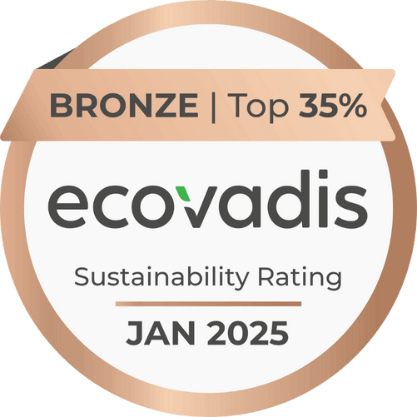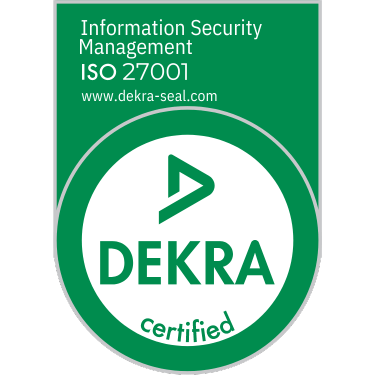![]()
Semiconductor Packaging
Frequently Asked Questions: Advanced Packaging and Sustainability
Semiconductor advanced packaging is critical to modern electronics and technology, but its environmental impact raises important questions. This FAQ addresses some of the top concerns about sustainability and carbon emissions in the sector. These questions and answers explore how companies are adopting green tech and sustainable technology to reduce their carbon footprint, from energy-efficient processes to innovative materials. Information includes discussion of the challenges and solutions in measuring and mitigating semiconductor emissions, and how regulatory and industry initiatives are driving a more sustainable future. This FAQ provides essential insights for anyone interested in the intersection of technology and environmental responsibility.

A: The major contributors to semiconductor emissions during advanced packaging include electricity consumption for equipment operation (Scope 2), the use of specialized materials, and the transportation of materials and finished products (Scope 3). We're seeing a shift towards green tech to mitigate these.
A: While fabrication typically contributes more, advanced packaging adds to the overall footprint through energy-intensive processes like wafer thinning, die bonding, thermal management and number of dies on an integrated circuit. The complexity and material usage in these processes directly influence the device's total carbon emissions.
A: Advanced packaging can potentially contribute to a more sustainable semiconductor industry by:
- Reducing overall die size and wafer usage, leading to lower material consumption and waste.
- Enabling the use of more energy-efficient chiplets for specific functionalities.
- Facilitating the adoption of advanced materials and processes that can improve energy efficiency.
A: Companies are implementing various strategies, including transitioning to renewable energy sources, optimizing manufacturing processes for energy efficiency, utilizing sustainable technology in materials, and improving supply chain logistics. Many of these steps begin with clearly understanding the carbon contribution of each process, which typically requires precise data and modeling.
A: Research is ongoing to develop less hazardous and more recyclable materials. Companies are also investing in closed-loop recycling systems and exploring alternative packaging materials to reduce waste and lower semiconductor emissions.
A: Advanced packaging requires significant amounts of ultrapure water for cleaning and processing. Companies are implementing water recycling and conservation measures to minimize their water footprint and promote sustainable technology.
A: Advanced packaging enables the integration of more functionalities into smaller form factors, leading to more energy-efficient devices. This can contribute to a lower overall semiconductor carbon footprint during the device's lifespan, highlighting the importance of green tech
A: The complexity of the supply chain and the lack of standardized reporting methodologies pose challenges. Companies are working towards greater transparency and adopting industry-wide standards to improve accuracy and consistency in reporting semiconductor emissions.
A: Emerging technologies like 3D packaging, chiplet integration, and advanced thermal management solutions offer opportunities to reduce energy consumption and improve material efficiency. Adoption of these green tech advancements will be vital.
A: Regulations like the EU's Corporate Sustainability Reporting Directive (CSRD) and industry initiatives such as the Semiconductor Climate Consortium are driving companies to adopt more sustainable practices and reduce their semiconductor emissions. These initiatives are crucial for a more environmentally responsible industry.
A: With the proper tools, users can review, compare, and benchmark how product carbon footprints (PCFs) and water usage change over time. This information is critical for vendors across the semiconductor value chain to benchmark, analyze, and report carbon impact at the micro and macro levels. The TechInsights Packaging+ Carbon Module allows users to understand the implications of process and electricity sourcing to make informed decisions for long-term environmental gains, that will contribute to a healthier planet.
A: The Packaging+ Carbon Module enables subscribers to compare various IC products and assembly and test facility locations, facilitating reporting of carbon emissions and water usage in IC manufacturing. This also helps with benchmarking and informed decision-making.
A: The TechInsights Teardown team measures the IC products, package and die dimensions, and other key components to provide an evidence-based product carbon footprint based on primary data for more than 30,000 IC products. The Packaging+ Carbon Module produces carbon emissions data that encompasses the "cradle-to-gate" phase of the life cycle assessment framework for IC products. It includes emissions generated from die manufacturing at wafer fabrication (fab) facilities, die packaging (assembly and test), transportation, and water usage from semiconductor manufacturing.
A: The Packaging+ Carbon Module has a complete cradle-to-gate product carbon footprint and water use for semiconductors.
- Die/Fab Facility:
- On-site carbon emissions (Scope 1)
- Off-site electricity generation emissions (Scope 2)
- Off-site carbon emissions from the creation of fabrication materials (Scope 3)
- Package/Assembly & Test Facility:
- On-site carbon emissions (Scope 1)
- Off-site electricity generation emissions (Scope 2)
- Off-site carbon emissions from the creation of packaging materials (Scope 3)
- Testing:
- Direct Cabon emissions (Scope 1)
- Off-site electricity generation emissions (Scope 2)
- Transportation:
- The transport of the die to the assembly & test facility (Scope 3)
- The transport of the IC product to the Electronic Manufacturing Services facility (Scope 3)
A: Using TechInsights' detailed knowledge of integrated circuits (ICs) and package types, the Module creates specific assembly process flows to calculate the quantities of raw materials sourced and energy usage required to assemble a chip. Leveraging data from TechInsights' extensive teardown analysis and the Manufacturing Carbon Module, the Packaging+ Module calculates carbon emissions for die, assembly, testing, and transportation.
A: Users can enter specific data, such as die technology node, die manufacturer, fab location, die size, die yield, electricity carbon intensity or percent renewable electricity, assembly and test location, package size, package type, I/O, and assembly and test facility location, to create customized PCFs for reporting years 2015 to 2035.








